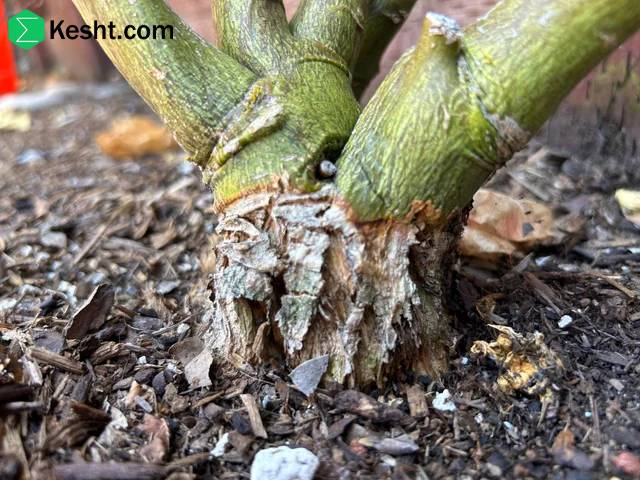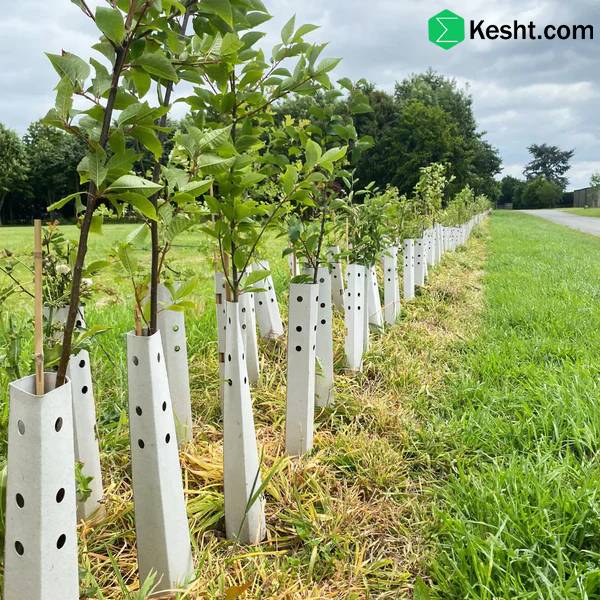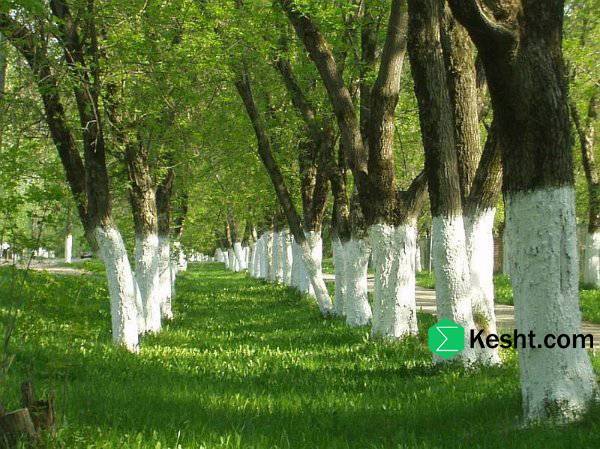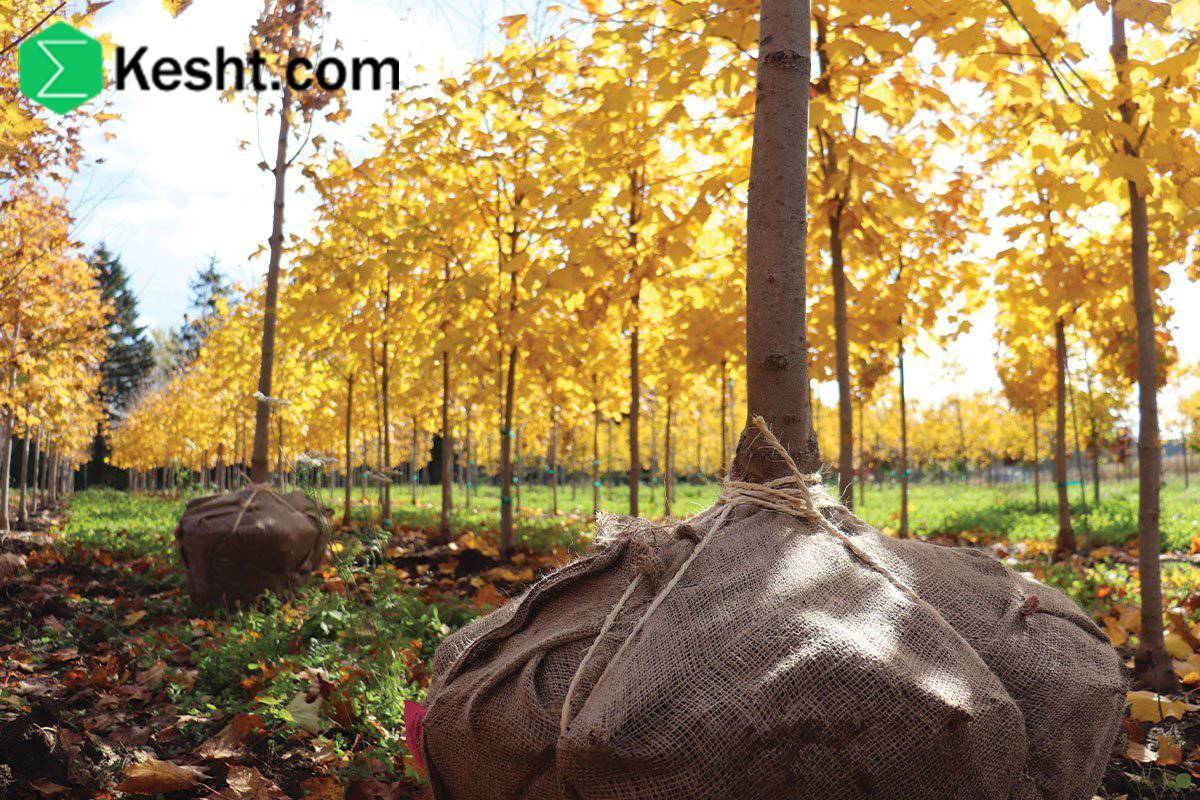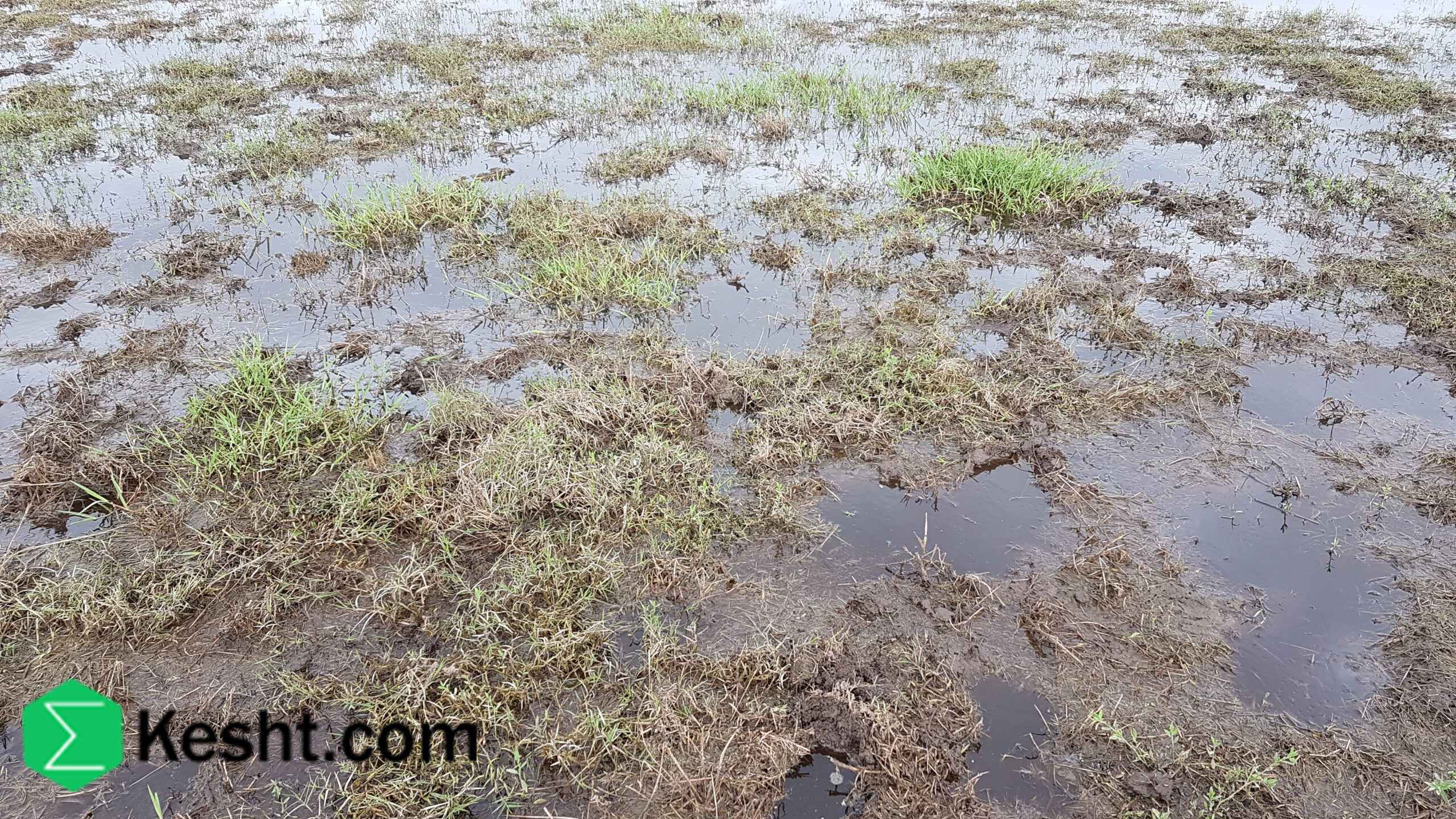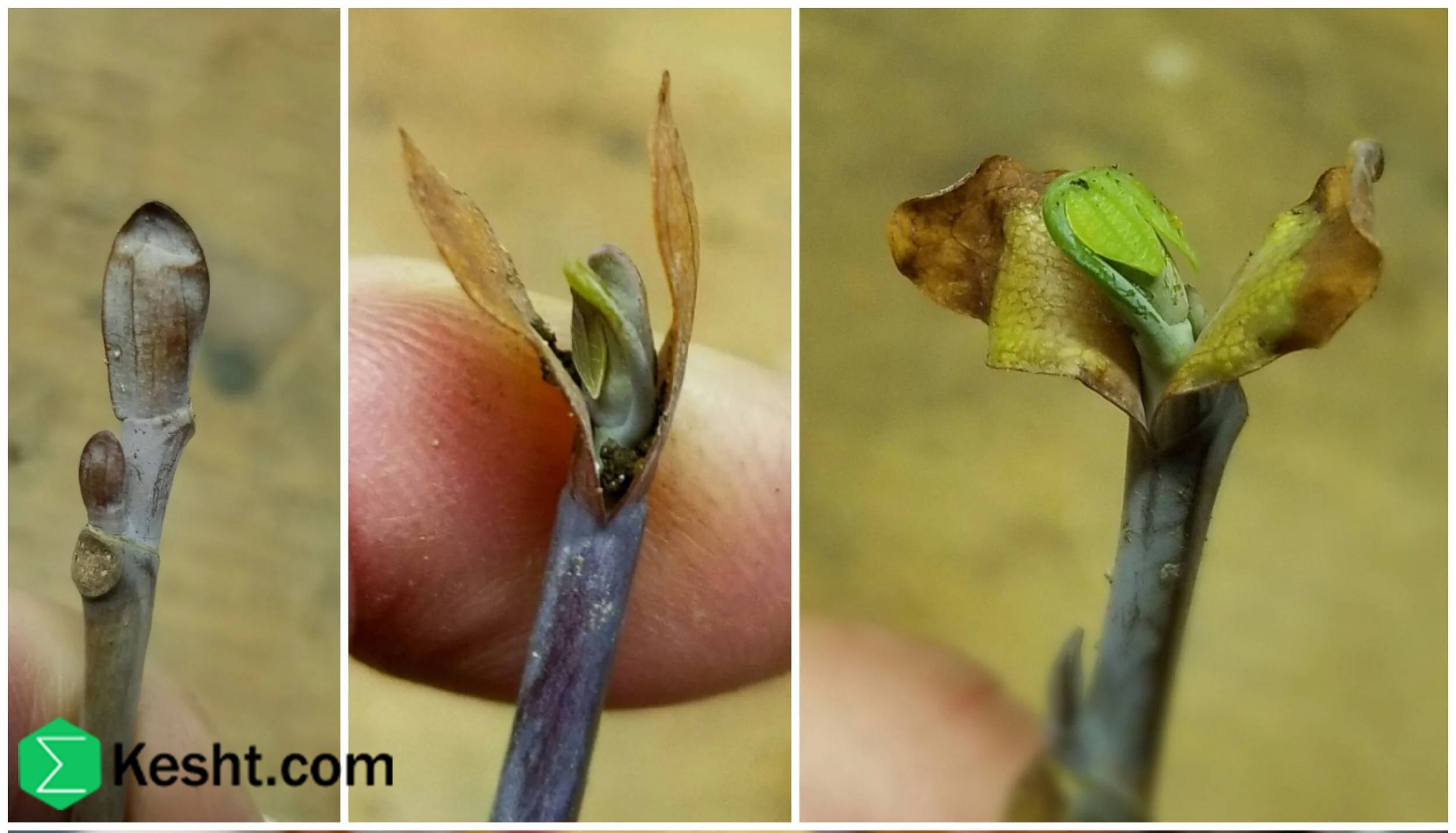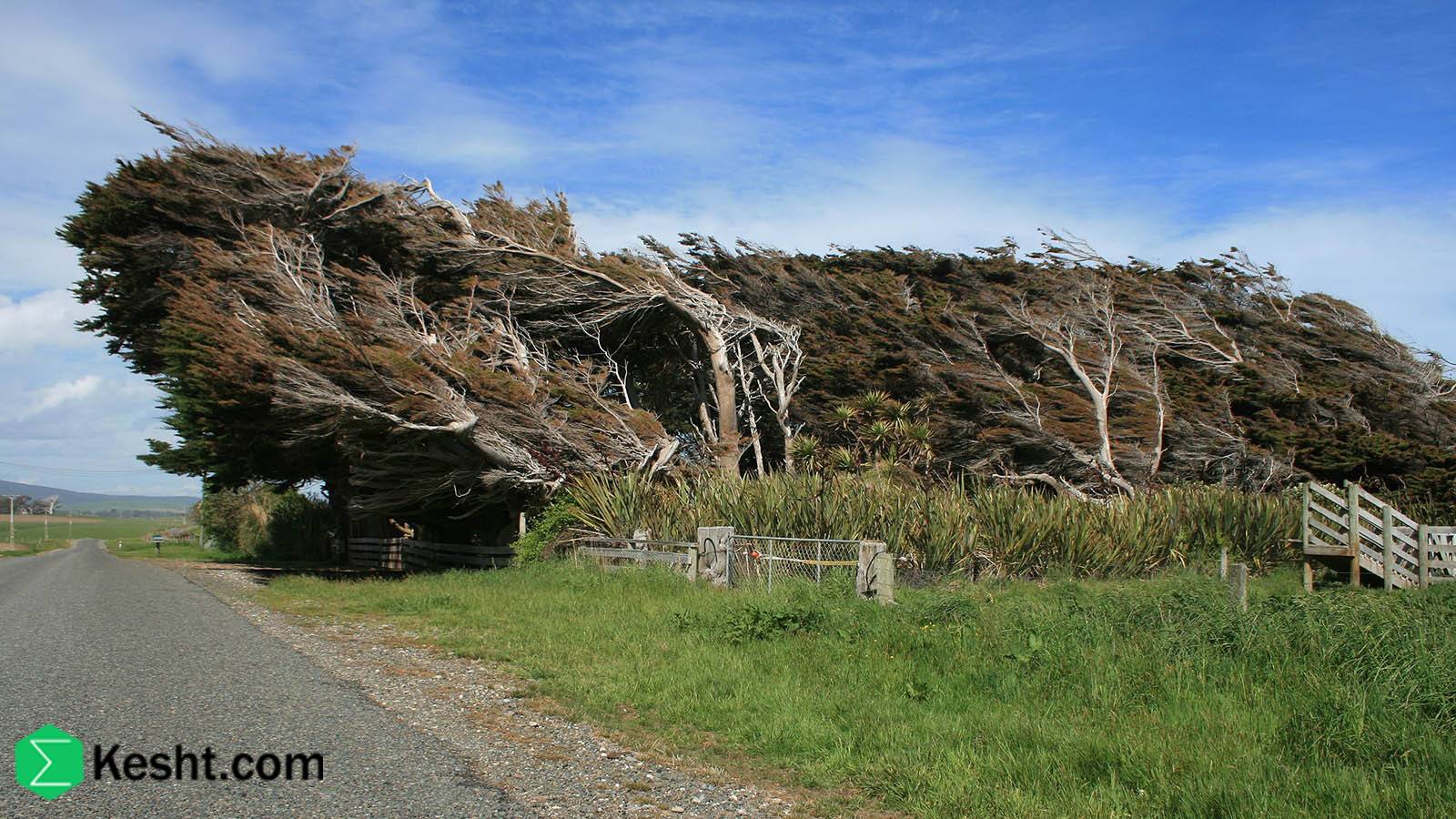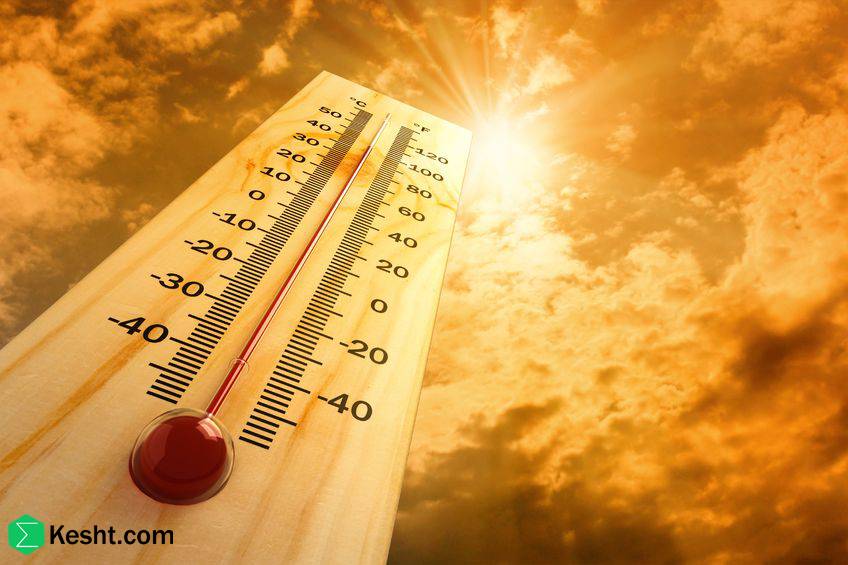Lightweight Mulch — A Smart Way to Protect Saplings Without Loading the Soil
Here is a complete, scientific, and practical guide to “lightweight mulch,” including definition, types, advantages, disadvantages, application methods, suitable species, and technical tips. This advanced management approach is especially useful for improving sapling growth in heavy soils, on slopes, or in windy regions.
What is “lightweight mulch”?
Lightweight mulch is a cover applied to the soil surface that has low weight, high volume, and good permeability to water and air. It protects the soil without exerting mechanical load or compaction on the soil and the sapling’s roots.
Primary goal:
Conserve moisture, regulate temperature, prevent erosion, and suppress weeds—without harming young saplings or sensitive soils.
Light mulch is one of the most effective yet simple soil-management and plant-protection techniques, often underused. Correct understanding and use can dramatically improve garden health and reduce maintenance costs.
How lightweight mulch differs from conventional mulch
| Feature | Lightweight mulch | Conventional mulch (straw, leaf mold, wood chips) |
| Weight | Very light (5–20 kg/m³) | Heavy (200–600 kg/m³) |
| Load on soil | Near-zero — suitable for loose or sloped soils | Moderate to high — may compact soil |
| Wind resistance | Needs anchoring — scatters in strong winds | Better inherent resistance |
| Degradability | Depends on material — some biodegradable, some persistent | Mostly organic — biodegradable |
| Cost | Medium to high | Very low |

Types of lightweight mulch — uses and specs
- Type 1 → Rock/slag wool (mineral wool)
- Material: Mineral fibers (basalt/rock or furnace slag)
- Density: ~20 kg/m³
- Advantages:
- Excellent thermal insulation — dampens soil-temperature swings
- High permeability to water and air
- Resistant to decay and rodents
- Disadvantages:
- Non-degradable — persists
- Higher cost
- Best use: Industrial nurseries; cold soils; mountainous areas
- Type 2 → Expanded vermiculite or perlite
- Material: Heat-expanded clay-like minerals
- Density: ~80–120 kg/m³
- Advantages:
- High water-holding capacity
- Neutral pH — suitable for most species
- Improves soil structure
- Disadvantages:
- Can shift in strong winds
- Costly at large scales
- Best use: High-value saplings; sandy soils; greenhouses
- Type 3 → Hydrogel beads/pellets (hydrogel mulch)
- Material: Water-absorbing polymers (e.g., sodium polyacrylate)
- Density: ~5 kg/m³ (dry)
- Advantages:
- Absorbs up to ~400× its weight in water
- Gradual release of water to roots
- Reduces irrigation demand
- Disadvantages:
- Limited lifespan (1–3 years)
- Low efficacy in heavy clays
- Best use: Arid regions; drought-tolerant saplings; dryland restoration
- Type 4 → Palm fiber or processed rice hulls
- Material: Agricultural residues — light and porous
- Density: ~50–100 kg/m³
- Advantages:
- Biodegradable
- Improves soil structure after breakdown
- Reasonable cost
- Disadvantages:
- Can scatter in strong winds
- May contain weed seeds
- Best use: Fruit nurseries; warm, humid climates
- Type 5 → Lightweight mulch mats (geotextile)
- Material: Nonwoven polypropylene or polyester
- Mass: ~50–150 g/m²
- Advantages:
- Very light — no soil loading
- UV-resistant (quality products)
- Excellent weed suppression
- Disadvantages:
- Non-degradable
- Requires pins/weights for anchoring
- Best use: Steep slopes; highly erodible soils; urban landscapes
Advantages — why choose lightweight mulch?
- Advantage 1 → Ideal for loose and sloped soils
- No mechanical load → prevents compaction and slippage
- Advantage 2 → Reduces wind and water erosion
- In windy/rainy areas, even if displaced, it causes less damage than heavy mulches
- Advantage 3 → Moisture conservation without suffocating roots
- High permeability → water and air reach roots — lower risk of rot
- Advantage 4 → Soil-temperature regulation
- Thermal insulation → fewer temperature swings — protects roots in summer and winter
- Advantage 5 → Weed suppression without herbicides
- Physical barrier reduces competition for water and nutrients
- Advantage 6 → Cuts irrigation needs
- Less evaporation → moisture retention → up to 30–50% water savings
Disadvantages and challenges
- Challenge 1 → Wind displacement
- Needs anchoring with pins, weights, or mesh in windy regions
- Challenge 2 → Higher upfront cost
- Costlier than traditional mulches (straw, leaf mold) — but can pay off over time
- Challenge 3 → Replacement/renewal needed
- Some types (hydrogels, fibers) have limited lifespan — require monitoring
- Challenge 4 → Possible formation of a non-breathable surface (some materials)
- Certain non-vented polymers can create a “waxy” surface layer that sheds water and air
Proper application — step by step
- Step 1 → Select the right type
- Base your choice on region, soil type, sapling species, budget, and climate
- Step 2 → Prepare the soil surface
- Remove weeds
- Level the soil — avoid bumps/depressions
- If needed, apply a light pre-watering
- Step 3 → Apply the mulch
- Spread evenly at 5–10 cm thickness (material-dependent)
- Keep a 10–15 cm gap around the trunk to prevent collar rot
- Step 4 → Anchor (if needed)
- In windy sites:
- Overlay with a mesh net
- Use wooden/metal pins at corners/edges
- Place light stones or perforated bricks on edges
- Step 5 → Monitor and renew
- Every 3–6 months, check for displacement, decomposition, or wear
- Add a second layer or replace as needed
Species that benefit most
| Species | Why suitable |
| Walnut | Deep-rooted — sensitive to compaction |
| Almond | Needs drainage in heavy soils |
| Pines and cypresses | On slopes — erosion-prone sites |
| Peach and cherry | Prone to collar rot — need aerated soil |
| Plug or container-grown saplings | Require a controlled, low-load environment |
Lightweight mulch vs. other options
| Criterion | Lightweight mulch | Heavy mulch | No mulch |
| Moisture retention | Excellent | Good | Poor |
| Temperature control | Excellent | Good | Poor |
| Erosion control | Conditional (with anchoring) | Excellent | Poor |
| Load on soil | None | Moderate | None |
| Cost | Medium–high | Low | None |
| Maintenance | Needs anchoring/monitoring | Low | None |
Consequences of improper use
| Mistake | Outcome |
| Using without anchoring in windy areas | Mulch displacement → loss of effectiveness |
| Covering right up to the trunk (no gap) | Collar rot → sapling death |
| Using non-breathable mulch | Root suffocation → reduced oxygen uptake |
| Not renewing after decomposition | Loss of performance → weed breakthrough |
Conclusion
Lightweight mulch is a modern, intelligent way to protect saplings in sensitive conditions—without adding load to the soil or roots.
- Selection: Match type to climate, site, and budget
- Key practice: Anchor against wind + maintain a gap around the trunk
- Core benefit: Moisture and temperature control without soil compaction
- Ideal use: Slopes, loose soils, windy sites, or sensitive saplings
Final practical recommendations:
In sloped, windy, or sensitive sites, use rock wool or quality geotextile mulch for long-term protection
Always anchor the mulch with pins or mesh—especially in windy regions
Maintain a 10 cm mulch-free ring around the trunk — a sapling’s life depends on this gap

